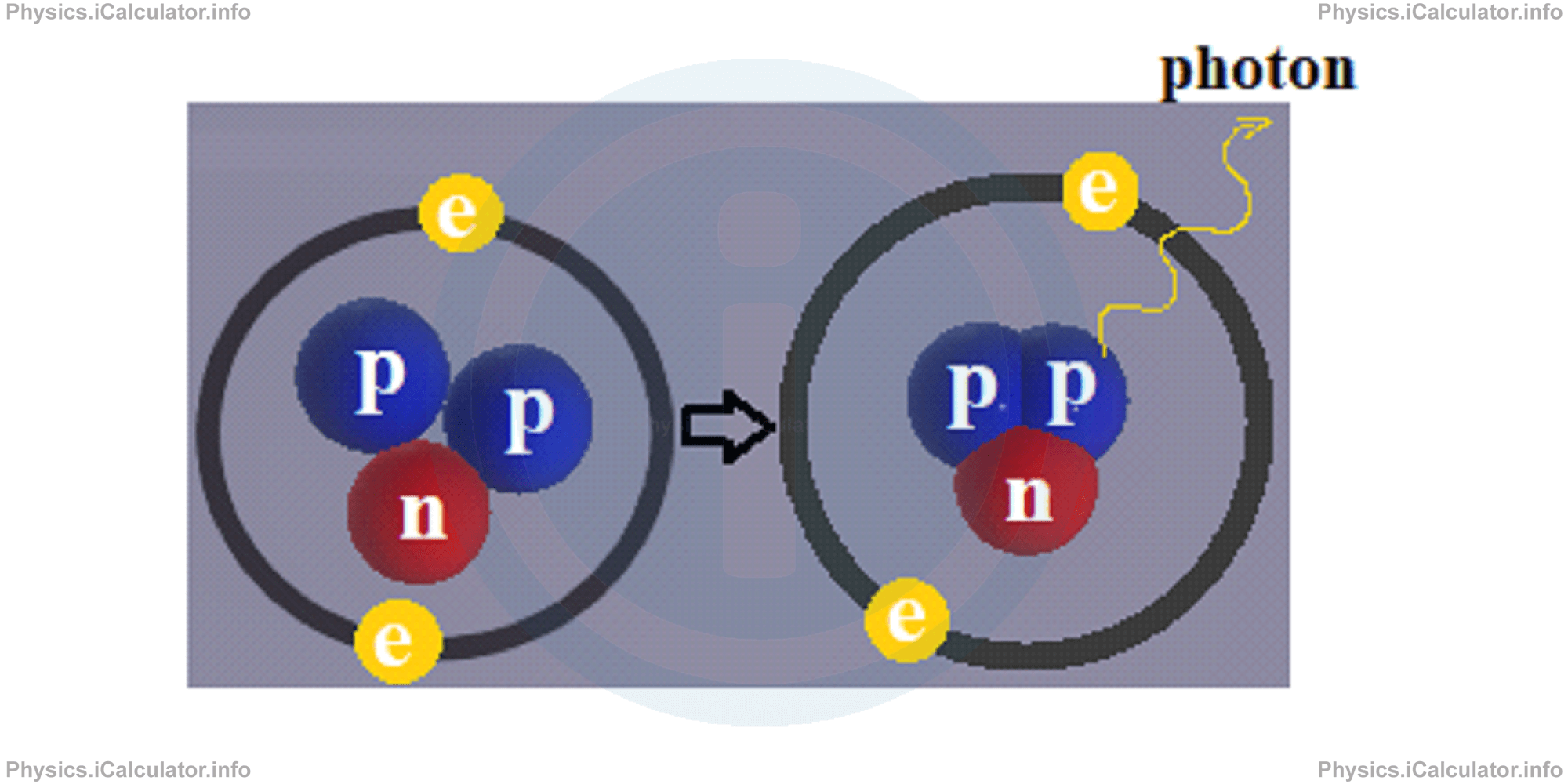Menu
Physics Lesson 20.3.4 - Gamma Decay
Please provide a rating, it takes seconds and helps us to keep this resource free for all to use
Welcome to our Physics lesson on Gamma Decay, this is the fourth lesson of our suite of physics lessons covering the topic of Radioactivity and Half-Life, you can find links to the other lessons within this tutorial and access additional physics learning resources below this lesson.
Gamma Decay
Gamma (γ) decay occurs when radiation emitted by the collimator in Becquerel experiment does not deviate but goes straight. This means the particles obtained do not carry any electric charge, i.e. they are neither protons, nor electrons. Such a decay takes place when the parent nucleus has a very high energy (we say it is excited). Hence, to become more stable, it emits a high-energy photon. Such a photon is known as "gamma particle". Since gamma particles are electrically neutral, they do not interact with electric or magnetic field and therefore, they go straight when flowing out of collimator. The figure below shows an example of gamma decay occurring in a Helium-3 nucleus.

When gamma decay takes place, nucleons go closer to each other, so they have less energy than prior to decay. This energy is released in the form of light energy of the photon emitted during this process. Therefore, nothing changes in the number and type of nucleons; the only change occurs in their closeness, which results only in change in energy, not in structure of matter. This means we have neutral He-3 atoms both before and after gamma decay; the only difference is that the atom after the decay is less energetic, i.e. it is less excited.
You have reached the end of Physics lesson 20.3.4 Gamma Decay. There are 5 lessons in this physics tutorial covering Radioactivity and Half-Life, you can access all the lessons from this tutorial below.
More Radioactivity and Half-Life Lessons and Learning Resources
Whats next?
Enjoy the "Gamma Decay" physics lesson? People who liked the "Radioactivity and Half-Life lesson found the following resources useful:
- Gamma Decay Feedback. Helps other - Leave a rating for this gamma decay (see below)
- Nuclear Physics Physics tutorial: Radioactivity and Half-Life. Read the Radioactivity and Half-Life physics tutorial and build your physics knowledge of Nuclear Physics
- Nuclear Physics Revision Notes: Radioactivity and Half-Life. Print the notes so you can revise the key points covered in the physics tutorial for Radioactivity and Half-Life
- Nuclear Physics Practice Questions: Radioactivity and Half-Life. Test and improve your knowledge of Radioactivity and Half-Life with example questins and answers
- Check your calculations for Nuclear Physics questions with our excellent Nuclear Physics calculators which contain full equations and calculations clearly displayed line by line. See the Nuclear Physics Calculators by iCalculator™ below.
- Continuing learning nuclear physics - read our next physics tutorial: Nuclear Reactions
Help others Learning Physics just like you
Please provide a rating, it takes seconds and helps us to keep this resource free for all to use
We hope you found this Physics lesson "Radioactivity and Half-Life" useful. If you did it would be great if you could spare the time to rate this physics lesson (simply click on the number of stars that match your assessment of this physics learning aide) and/or share on social media, this helps us identify popular tutorials and calculators and expand our free learning resources to support our users around the world have free access to expand their knowledge of physics and other disciplines.